As a rule, I’m not one for restoring old cars — I’m irretrievably non-mechanical and worse, I hate getting my hands dirty — so when Longtime Friend Knob sent me an email about the old Citroën Type H Van being restored, it took me a while to get up the enthusiasm to click on the link. I mean, sure, the Type H was in production from 1947 until 1981(!), and apart from only a few cosmetic changes, looked pretty much in 1981 as it did in 1947.
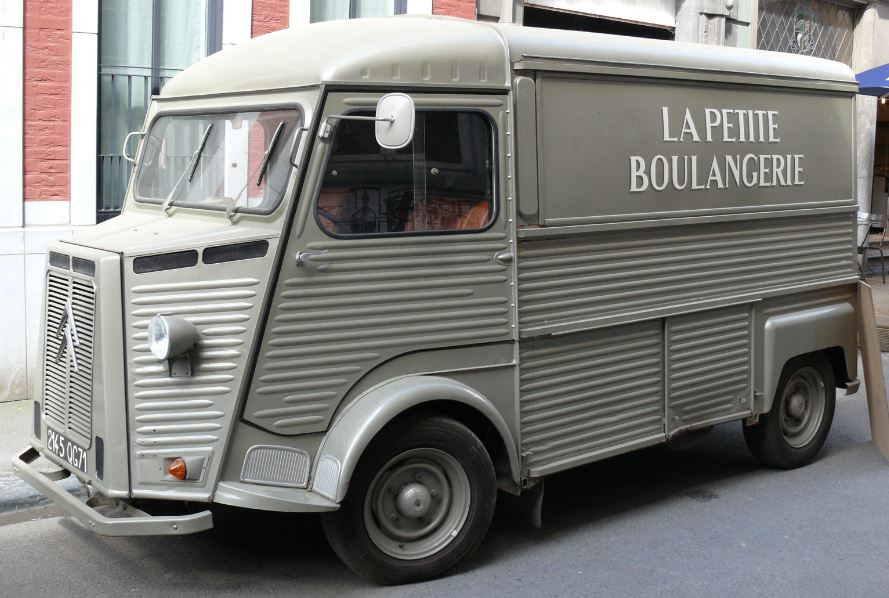
When you’ve got decent style, good engineering and excellent functionality, why change, right? (And yes, I do love the Colt 1911 for precisely the same reasons.)
To be honest, the Type H never got me going, although I cannot deny its appeal: those corrugated panels make it look like the French van-equivalent of a Junkers Ju-52 transport airplane (which is unsurprising, because the Citroën engineers actually copied the Ju-52’s style), and its 1.9-liter engine was more powerful than most other Euro vans of the late 1940s. (By the way, although the Ju-52 originally started production in 1931 and finished in 1952, it remained in service with various airlines around the world until the 1980s — making the similarities between it and the Type H even more striking.)
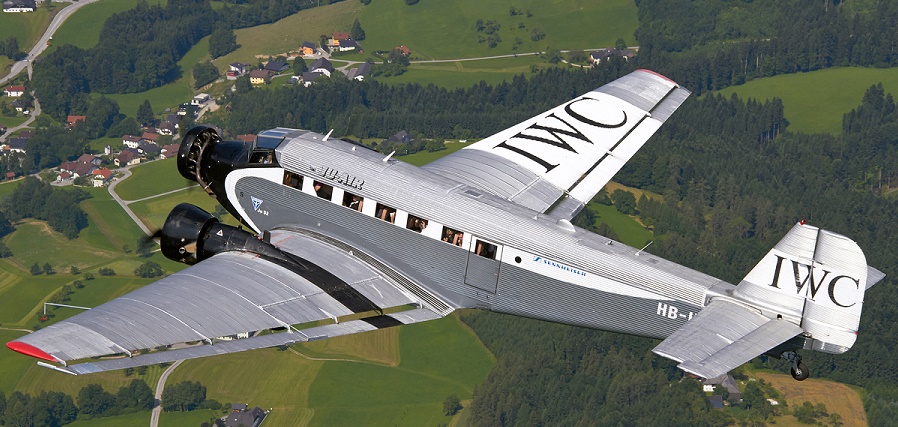
But that’s not what I wanted to talk about today.
When I finally did click on the link Knob sent me, it was not some boring nut-by-bolt restoration story; oh no, it involved transforming a modern Citroën Jumper van back into a Type H. Here’s what the Jumper looks like before the retrofit:
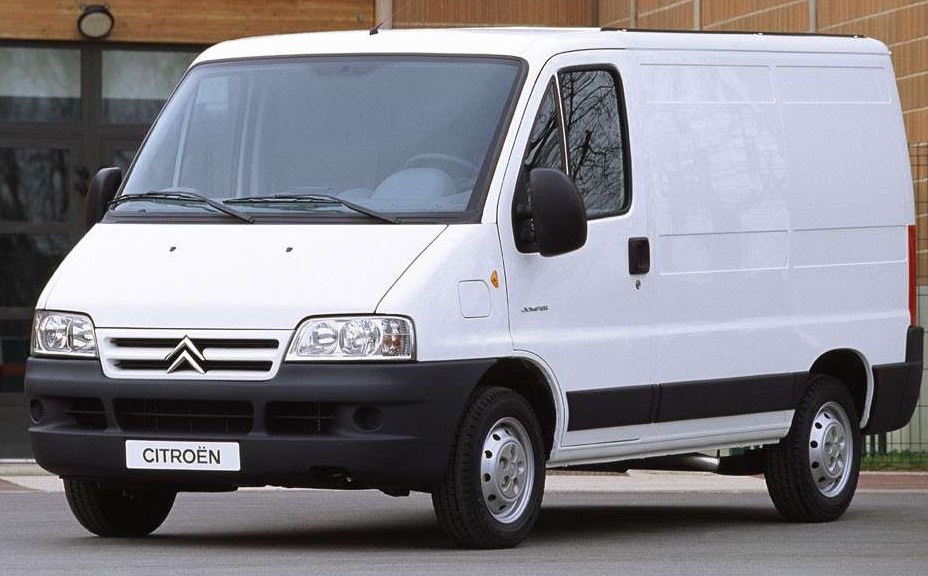
…which is okay, but dead boring in the usual modern wind-tunnel-design kinda way. However, here’s the retrofitted Type H:
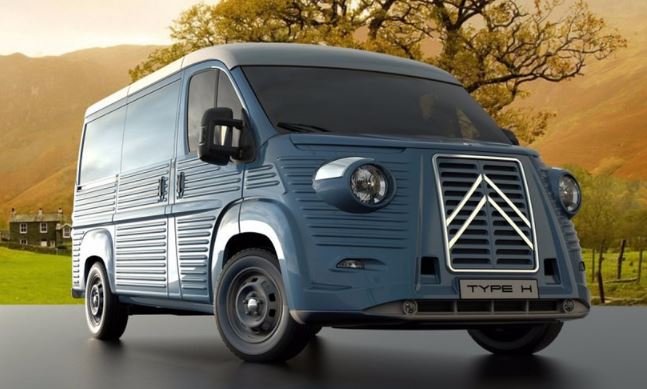
…and I think it looks fantastic. Of the two, I’d take the retrofitted Type H any day of the week; but you knew that about me already, didn’t you?
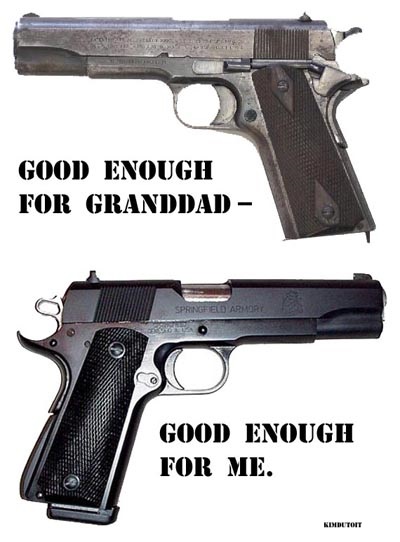

My wife and I rode from the church to reception on our wedding day in a 1937 Studebaker that had been restored with a modern drive train and suspension. Purists hated it, but as a working car it needed to be reliable and have available parts, and it was STILL gorgeous.
I’ve done the same with bass amps. I had a boring, bog standard Peavey Basic 12. I built a 3/4 sized version of the Acoustic 361 folded horn cabinet, and moved the electronics and speaker to that.
It was much louder, sounded better, and was a whole lot lighter.
I was stationed in Paris in 1956/1957. My favorite “corporal cars” were the 2CV (Deux cheval, or “douche-bowl”) and the gangster-car-appearing 6CV. The body style of the 6CV began in 1926 and lasted until the ID series of 1957.
Of course, Ford’s Tri-Motor (1925-1931) used corrugated siding pre-dating the Ju-52.
But, you’re right, the “new” Type-H is cool.
There was a type H refitted as a sort of a chipwagon outside one of the little restaurants we frequented in Veenendal. Personally, I thought it was as hideous as can be, as it looks like it was scabbed together out of leftover scraps of corrugated roofing, but I can certainly see the functionality of it. I was actually able to stand up inside of it, which was pretty amazing.